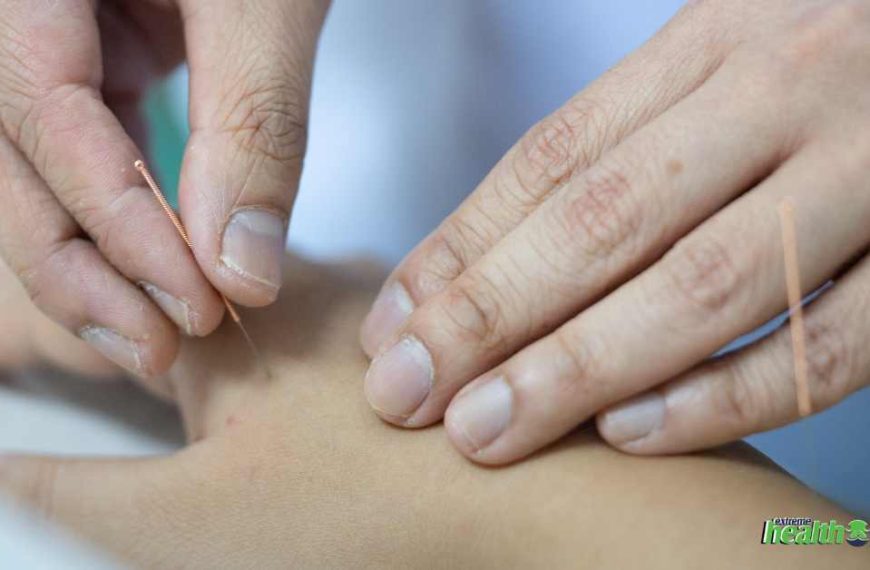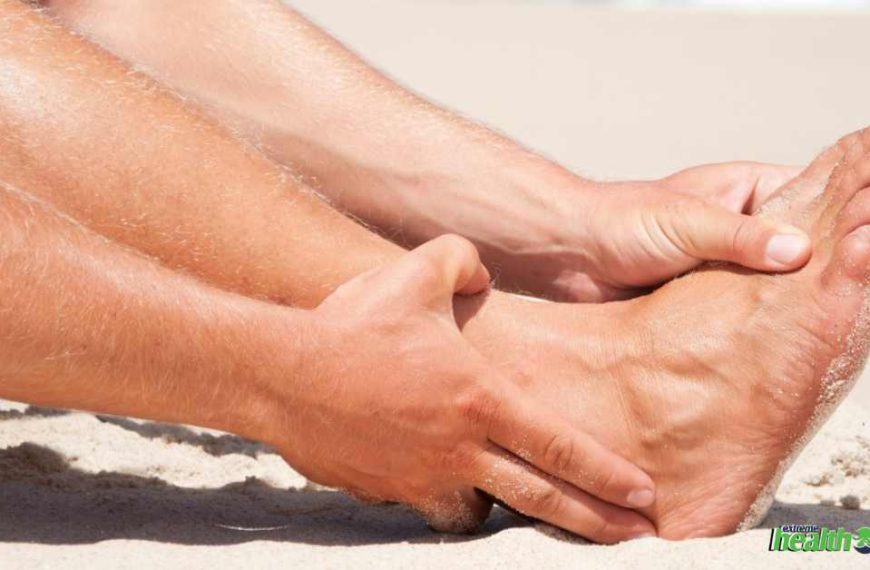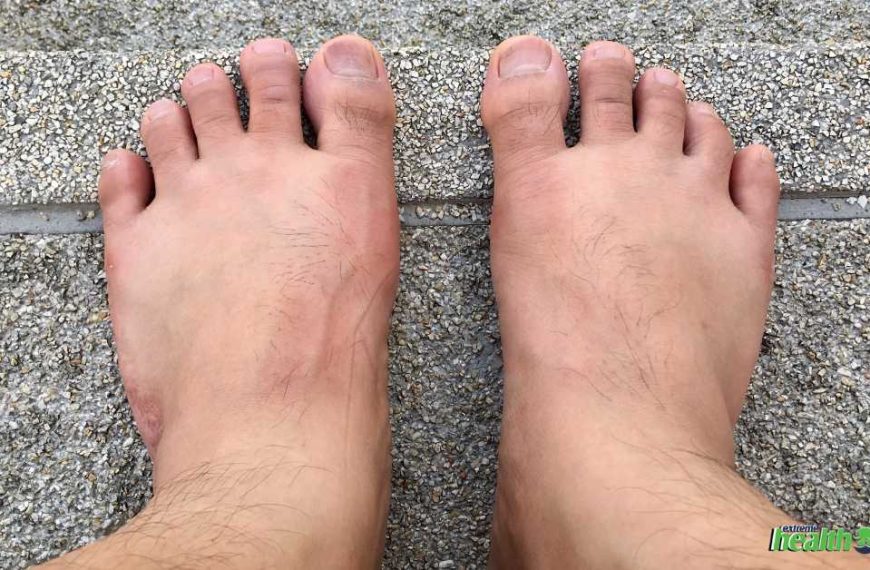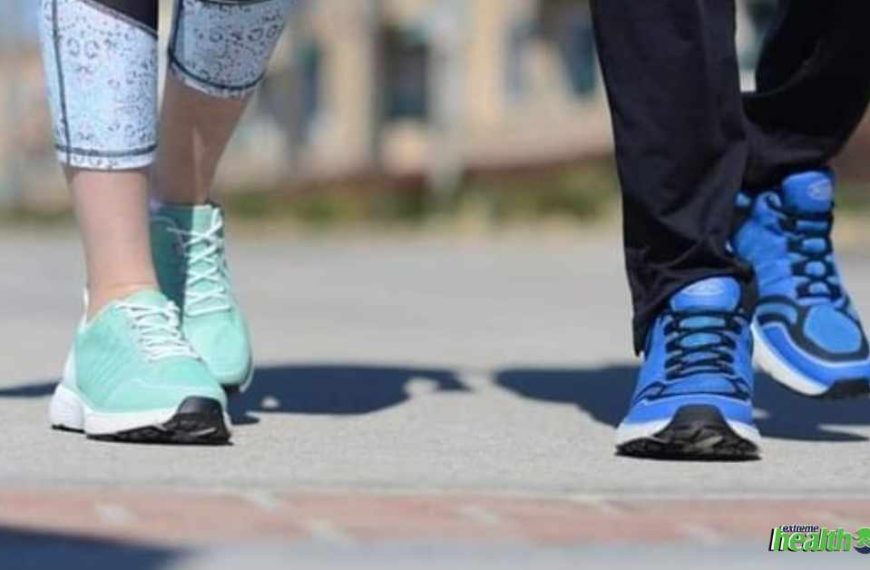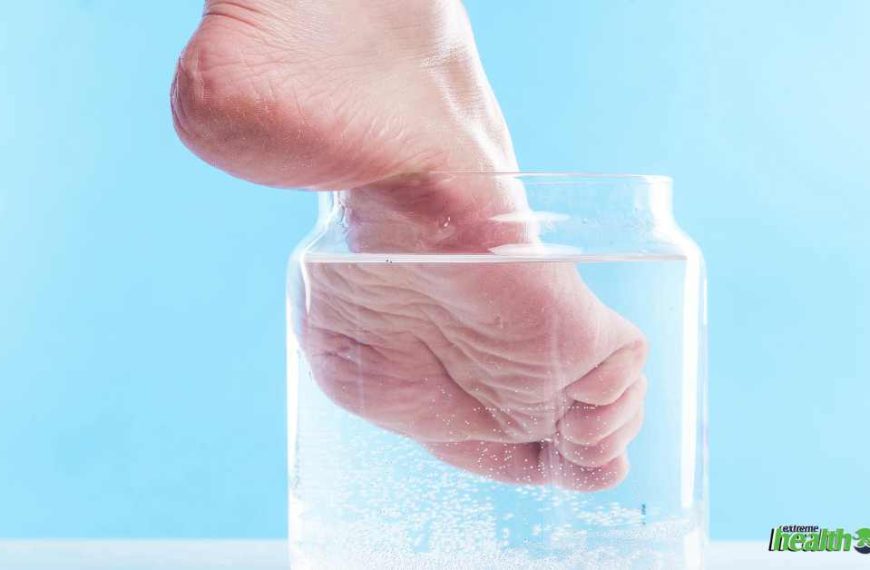Last Updated on July, 2024
Neuropathy is a nerve disorder that affects nerves outside the brain and spinal cord (peripheral nerves). It is associated with weakness, numbness, and tingling pain often referred to as “pins and needles.” Often involves the feet and hands but is likely to affect other parts of the body too.
Although there is no cure for peripheral neuropathy, many treatment and remedy options can relieve the symptoms and help with the frustrating pain.
Compression socks are one such option that is widely used and highly recommended to manage peripheral neuropathy symptoms.
This article serves as an informative write-up, including the function and benefits of compression socks and how you can choose the best pair for you.
Quick Summary
Compression socks are specialized socks that fit tightly and apply pressure on the legs and feet to promote better blood flow and prevent edema.
Compression socks help to ease neuropathy symptoms such as painful feet due to the feeling of pins and needles. It also aids in improving muscle strength and reducing swelling of the legs.
Wearing compression socks benefits in controlling symptoms of peripheral neuropathy. It has a positive effect on patients having issues with stability and balance, also promotes overall blood circulation, and protects the sensitive lower parts of your limbs from cuts and minor injuries.
Quick Navigation
- What are Compression Socks?
- How Do Compression Socks Work?
- Do Compression Socks Really Help Ease Neuropathy?
- Benefits of Compression Socks for Neuropathy
- Stability and Balance
- Blood Circulation
- Extra Protection
- Protection Against Foot Ulcers
- Choosing the Right Pair of Neuropathy Socks for You
- Consider the Material Used
- Consider the Type of Socks
- Consider the Fit and Comfort
- Consider Compression Levels
- Conclusion
- Frequently Asked Questions
- Can Compression Socks Help Relieve Numbness in Feet?
- How Long Does it Take for Compression Socks to Work?
- Can You Walk With Compression Socks?
- Was this article helpful?
What are Compression Socks?

Compression socks (or compression stockings) are specialized socks of various lengths. They are designed to fit around tightly and apply pressure on the legs and feet.
The main purpose of this pressure exertion is to promote better blood flow in the legs. This will relax your feet muscles allowing you to get through long periods of motionless standing and sitting.
Dr. Georgeanne Botek, a foot surgeon, says, “nearly 90% of foot disorders originate from the veins”. Keeping the leg and feet muscles relaxed prevents edema from developing. So compression socks are great for those in athletics and nursing professions.
How Do Compression Socks Work?

Compression socks work by gently squeezing your leg muscles. This squeezing applies pressure on the tissues underlying the skin, thereby reducing the fluid leakage from the capillaries.
And any accumulated tissue fluid absorption is encouraged into the capillaries and lymphatic vessels. This results in reduced fluid retention meaning reduced swelling and swelling prevention.
Compression socks also reduce the expansion of superficial veins. Expansion of veins can increase blood flow into them, which can flow backward, resulting in congestion. The compression provided by the socks constricts the dilated veins.
This will, in turn, increase the blood flow rate easing the pain and burning sensations involved with peripheral neuropathy. Continuous compression prevents blood from pooling in the legs and feet, encouraging blood flow back to the heart.
Blood retention in veins can cause many complications, such as skin changes, damage to the walls or valves of the vein, phlebitis /superficial thrombophlebitis ( inflammation of the superficial veins), varicose veins, and blood clots.
Related article: Compression Socks vs Diabetic Socks
Do Compression Socks Really Help Ease Neuropathy?

YES! Wearing compression socks can help manage neuropathy symptoms such as painful feet due to the pins and needles feeling. It also aids in improving muscle strength and reducing swelling of the legs. Even Though there is no resolving peripheral neuropathy, compression stockings can prevent further damage and maintain better health of your feet.
The equal amount of pressure applied by compression socks supports the leg muscles and vessels. This support ensures blood flow in the right direction and proper blood circulation, which is vital for healthy feet.
Many survey feedbacks from patients with peripheral neuropathy who wear compression socks reveal that a well-fitting pair helps relieve the tingling pins and needles pain.
Peripheral neuropathy is a very common complication of uncontrolled diabetes. Chronic high blood sugar encourages nerve damage in the extremities. It also weakens the walls of the capillaries that supply nutrition and oxygen to those nerves. Lack of resources results in nerve damage leading to improper or halted nerve signaling communication.
Since neuropathy is a progressive nerve disorder with no cure, many doctors include compression stockings as part of the treatment plan to help ease symptoms and prevent further damage.
Benefits of Compression Socks for Neuropathy
Many research studies reveal supporting evidence that wearing compression socks benefits in controlling symptoms of peripheral neuropathy. It is known to have a positive effect on patients having issues with stability and balance.
They also promote overall blood circulation and protect the sensitive lower parts of your limbs from cuts and minor injuries. It also has a positive impact on combating certain types of ulcers.
Stability and Balance
Loss of balance and uncoordinated and wobbly motion are common signs of diabetic peripheral neuropathy (DPN). This happens due to the constant high blood sugar levels damaging the nerves.
This damage leads to partial or complete loss of sensation, affecting day-to-day activities. It also leads to muscle weakness that makes the legs sore affecting gait and balance.
Compression stockings promote sensory feedback to modify spinal cord response, which leads to improved movement accuracy and increased postural stability.
It also reduces the interlimb balance asymmetries for better coordination. Wearing compression socks will help overall mobility.

Blood Circulation
Compression socks restore healthy blood flow to the legs and feet. The gradient compression therapy provided by a quality pair of socks protects the valves and walls of your veins from damage. In turn, supporting your veins’ function and applying upward pressure to project the blood in the correct direction of venous return.
Proper blood circulation prevents blood accumulation and eliminates excess fluid retention, relieving swelling (edema).
Extra Protection
Many compression socks feature special padding. It adds comfort and provides extra protection to foot muscles and lower extremities.
Extreme foot sensitivity in neuropathy patients can make them prone to cuts, bruises, and injuries. A loss of sensation in the feet and legs can even make these cuts and bruises go unnoticed.
Keeping this in mind, compression socks are carefully designed to ensure the wearer’s skin is protected from such a risk that can possibly lead to more foot problems like infections or even gangrene (dead tissues).
Protection Against Foot Ulcers
It is important to treat the underlying cause of peripheral neuropathy. If left untreated, it can give rise to serious medical concerns such as diabetic foot ulcers, gangrene, and even cardiovascular autonomic neuropathy (CAN). These neuropathy complications, paired with poor circulation, compromise the ability of wound healing.
By promoting the improved flow of blood toward the heart, compression socks help in the healing of active ulcers and prevent future ulcer recurrence.
Choosing the Right Pair of Neuropathy Socks for You
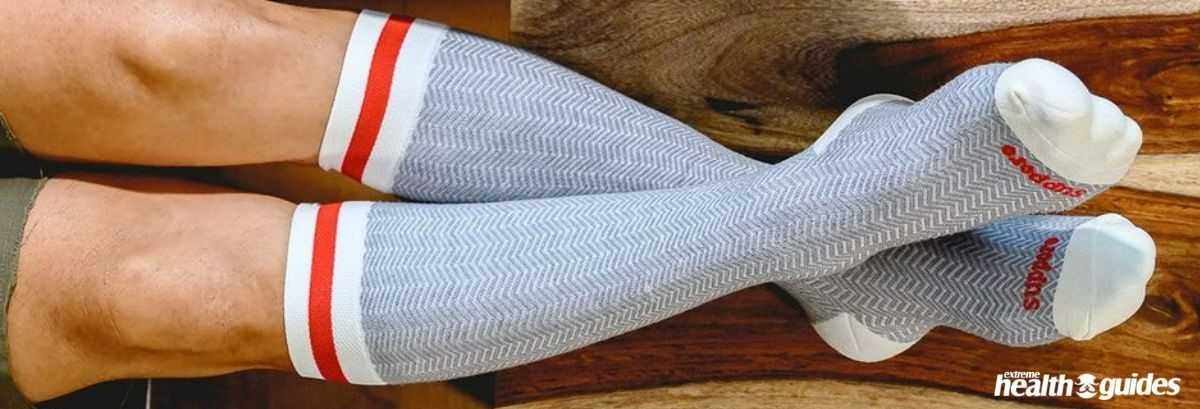
Now that we know how compression therapy works to ease painful symptoms of peripheral neuropathy, let’s look into how you choose the best compression socks for you.
But make sure to confer with your doctor so you can make a well-informed decision based on your condition.
Consider the Material Used
Patients suffering from diabetic neuropathy are highly likely to experience cuts, abrasions, and ulcers that may not heal easily. Due to this reason choosing a pair of compression socks made of antimicrobial fabric is important. This type of fabric will provide protection from germs and bacteria, thereby reducing the chances of a possible infection.
Fabrics like nylon and spandex are able to repel moisture retention, so your feet and legs are kept clean and dry throughout. Certain good quality compression socks even feature silver ions attached to them due to silver’s antibacterial nature.
Consider the Type of Socks
Compressions socks come in three primary types;
- Mild graduated compression socks– Featuring gradient compression in varying levels from ankle to top, this option is ideal to limit peripheral edema and swelling of lower legs.
- Anti-embolism or medical-grade compression socks– Prescribed by a physician to treat various conditions, especially when immobile. They also feature gradient compression to prevent deep vein thrombosis.
- Non-medical support hosiery– Typically used for general comfort. Ideal for achy and fatigued legs. These types do not require a prescription, so they are easily available in pharmacies.
Consider the Fit and Comfort
Compression socks should be a perfect fit without compromising comfort and function. If it is too tight, it may not serve the intended purpose and may end up causing more pain and bruising.
Consider Compression Levels
Measured in millimeters of mercury, compression socks come in four levels of compression levels.
- 8-15 mmHg– Provides a light level of pressure to support blood circulation, reduce swelling and relieve painful legs.
- 15-20 mmHg– Offers moderate pressure level to relieve symptoms and pain associated with varicose veins and fatigued legs. It can also reduce the risk of deep vein thrombosis. This compression level is one of the most frequently recommended tools to ease symptoms rising due to lack of mobility in in-flight scenarios.
- 20-30 mmHg– Strong pressure level belonging to class I compression. It can relieve pain and reduce swelling due to edema, varicose veins, deep vein thrombosis, and post-sclerotherapy.
- 30-40 mmHg– Strongest level delivering class II compression. Often prescribed by doctors to ease severe medical conditions like ulcer healing.
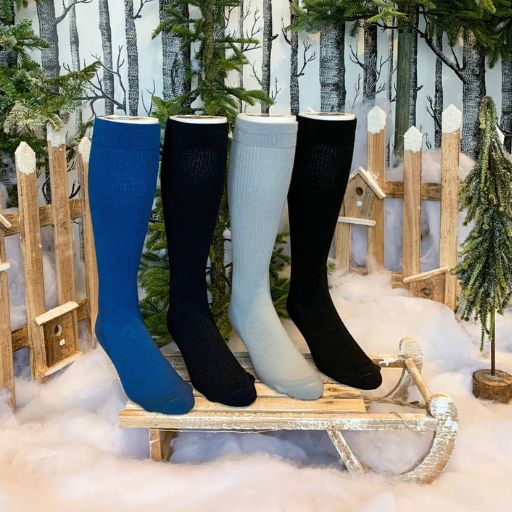
Conclusion
Although there is no cure, treating the underlying causes of peripheral neuropathy gives you a better chance at maintaining healthier comfort and preventing progression.
Wearing a pair of high-quality compression socks will help ease the pins and needles feeling and prevent swelling.
In conjunction with compression socks, your doctor may recommend other non-invasive treatments, including gel pads and red light therapy, to help ease pain, stimulate healing and promote nerve growth to restore normal sensation and reduce pain.
Remember to choose the right pair that works for your condition. Do check out our article on the “best socks for neuropathy” to help you narrow down your choices among the best options. After all, you can’t compromise your health right.
Frequently Asked Questions
Was this article helpful?
Was this article helpful?

